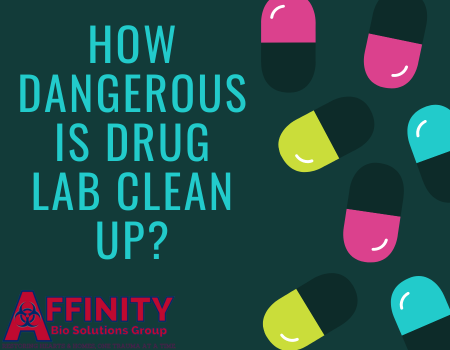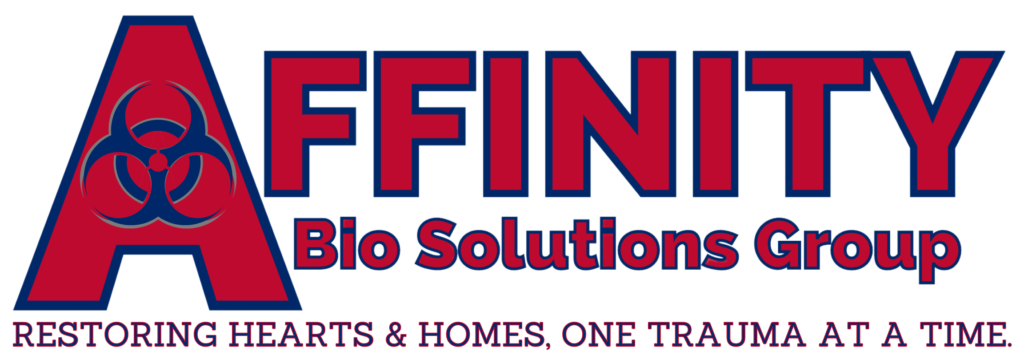Cleaning up a drug lab is not just a routine task; it’s a hazardous operation that requires specialized knowledge, equipment, and precautions to ensure the safety of cleanup crews and surrounding communities. The presence of toxic chemicals, volatile substances, and contaminated materials poses significant risks to those involved in the cleanup process. Understanding the dangers associated with drug lab cleanup is essential for mitigating risks and safeguarding the health and well-being of everyone involved.
Understanding Drug Lab Clean Up
-
 Exposure to Hazardous Chemicals:
Exposure to Hazardous Chemicals:
Drug labs often contain a wide range of hazardous chemicals used in the manufacturing of illegal drugs, such as methamphetamine or fentanyl. These chemicals can include solvents, acids, bases, and reactive compounds, many of which are highly toxic, flammable, or corrosive. Exposure to these chemicals can occur through inhalation, ingestion, or skin contact, leading to a variety of health effects ranging from respiratory irritation and burns to organ damage and neurological disorders.
-
Risks of Explosion and Fire:
The presence of volatile chemicals and flammable substances in drug labs increases the risk of explosion and fire during the cleanup process. Improper handling or storage of these substances, as well as accidental ignition sources such as electrical equipment or static electricity, can trigger catastrophic explosions and fires that pose immediate threats to life and property. Proper precautions, such as conducting a thorough safety assessment, implementing explosion-proof equipment, and following established safety protocols, are essential for minimizing these risks.
-
Exposure to Biological Hazards:
In addition to chemical hazards, drug labs may also contain biological contaminants such as mold, bacteria, and viruses. Poor ventilation, moisture, and organic debris in drug lab environments create ideal conditions for the growth of mold and bacteria, which can pose respiratory and other health risks to cleanup crews. Personal protective equipment (PPE), including respirators, gloves, and protective clothing, is necessary to minimize the risk of exposure to biological hazards during cleanup activities.
-
Structural Instability and Physical Hazards:
Drug labs are often found in clandestine locations or makeshift facilities that may lack proper structural integrity and safety features. Cleanup crews may encounter structural instability, collapsed ceilings or floors, sharp objects, broken glass, and other physical hazards that can cause injuries or accidents if not properly addressed. Thorough site assessments and structural evaluations are essential for identifying potential hazards and implementing appropriate safety measures to protect cleanup personnel.
-
Legal and Regulatory Compliance:
Drug lab cleanup is subject to stringent regulations and guidelines established by federal, state, and local authorities to ensure the safety of cleanup crews and the surrounding environment. Failure to comply with these regulations can result in legal liabilities, fines, and penalties for individuals and companies involved in the cleanup process. It’s essential for cleanup crews to stay informed about applicable regulations and follow industry best practices to maintain compliance and accountability.
-
Psychological Impact:
The psychological toll of drug lab cleanup should not be overlooked. Cleanup crews may encounter disturbing scenes, hazardous materials, and challenging working conditions that can lead to stress, anxiety, and other mental health issues. Providing adequate support, counseling, and resources for cleanup personnel is essential for addressing the emotional challenges associated with drug lab cleanup and promoting overall well-being.
Drug lab cleanup is a complex and hazardous undertaking that requires careful planning, expertise, and adherence to strict safety protocols. By understanding the risks associated with drug lab cleanup and implementing appropriate safety measures, cleanup crews can mitigate hazards, protect their health and safety, and ensure the effective remediation of contaminated sites. Collaboration with regulatory agencies, environmental health professionals, and certified cleanup contractors is essential for achieving successful and safe cleanup outcomes.

